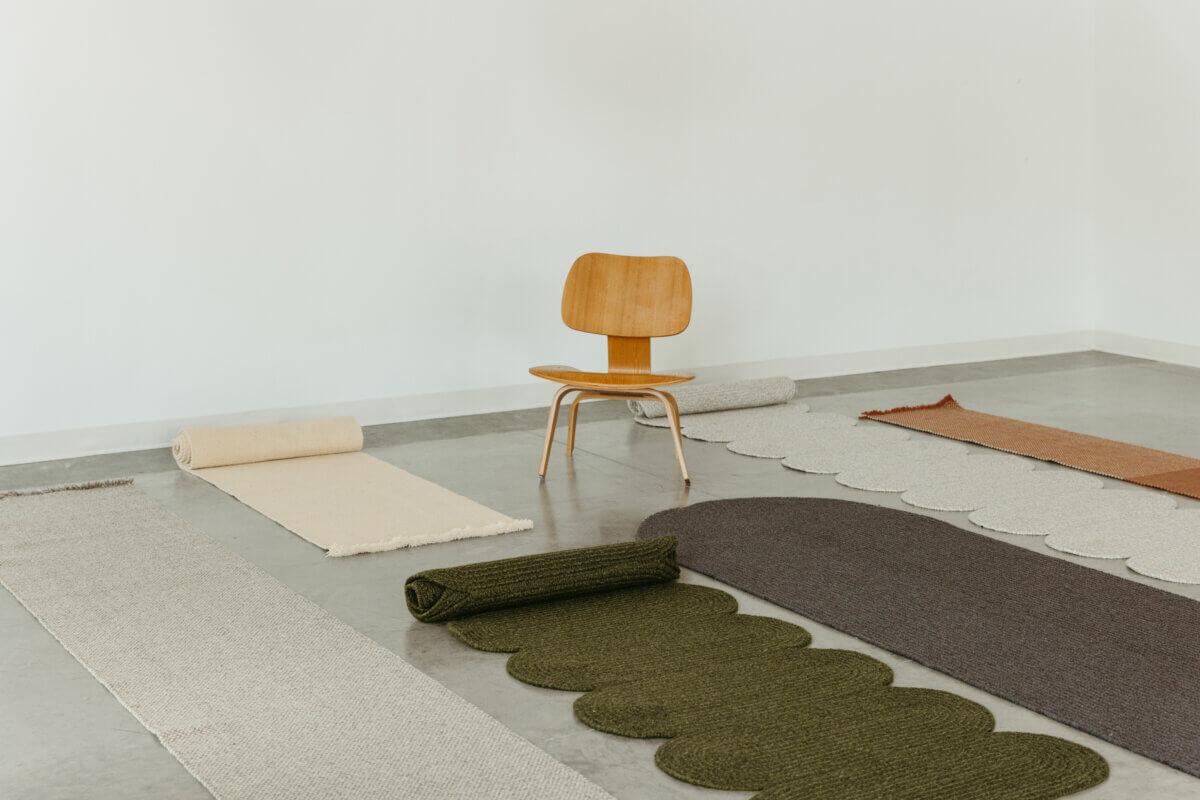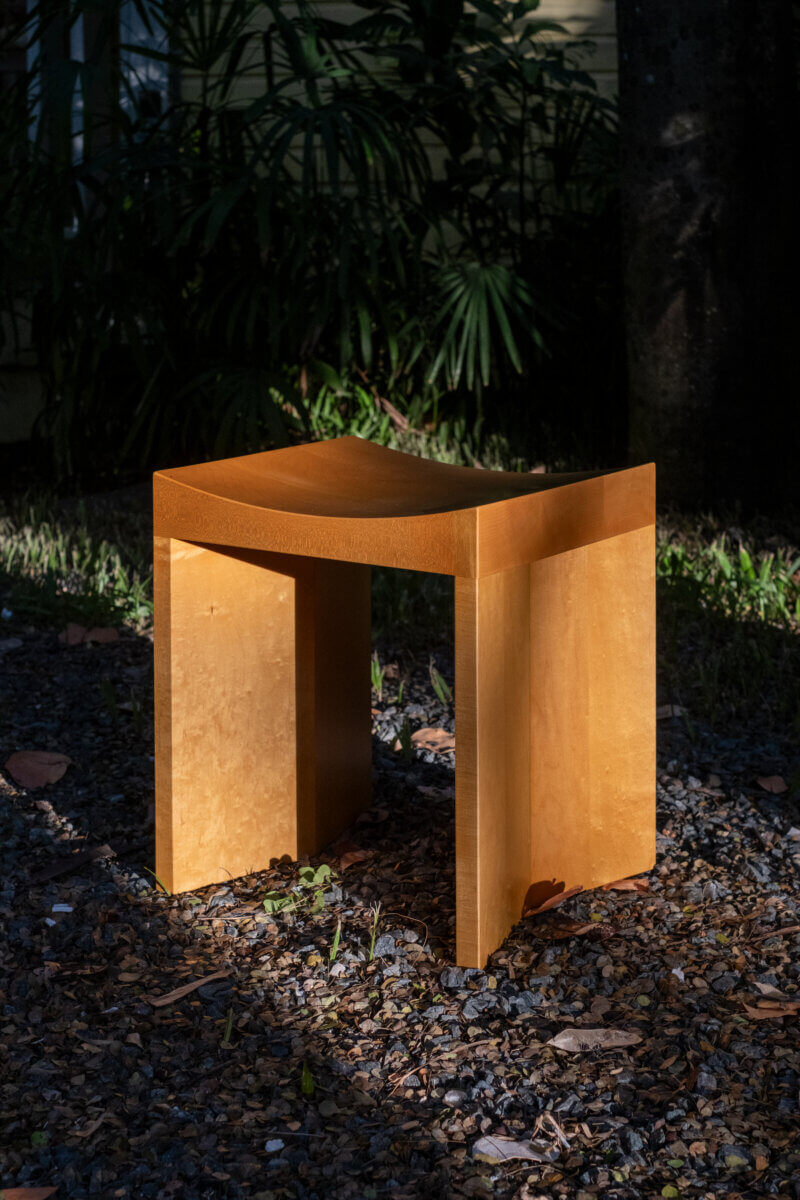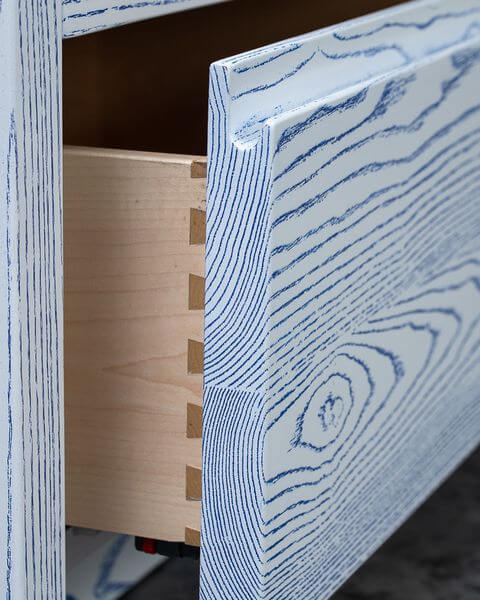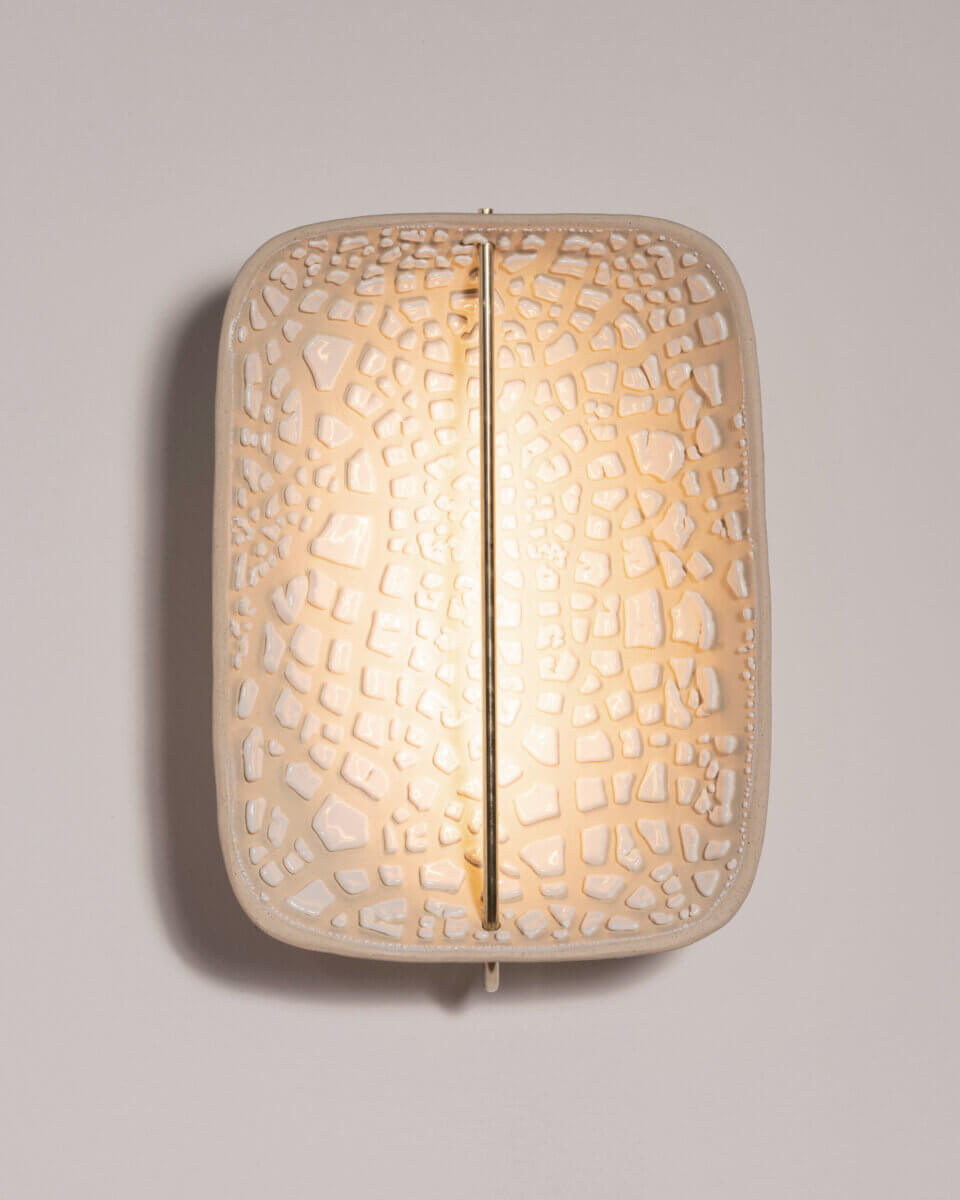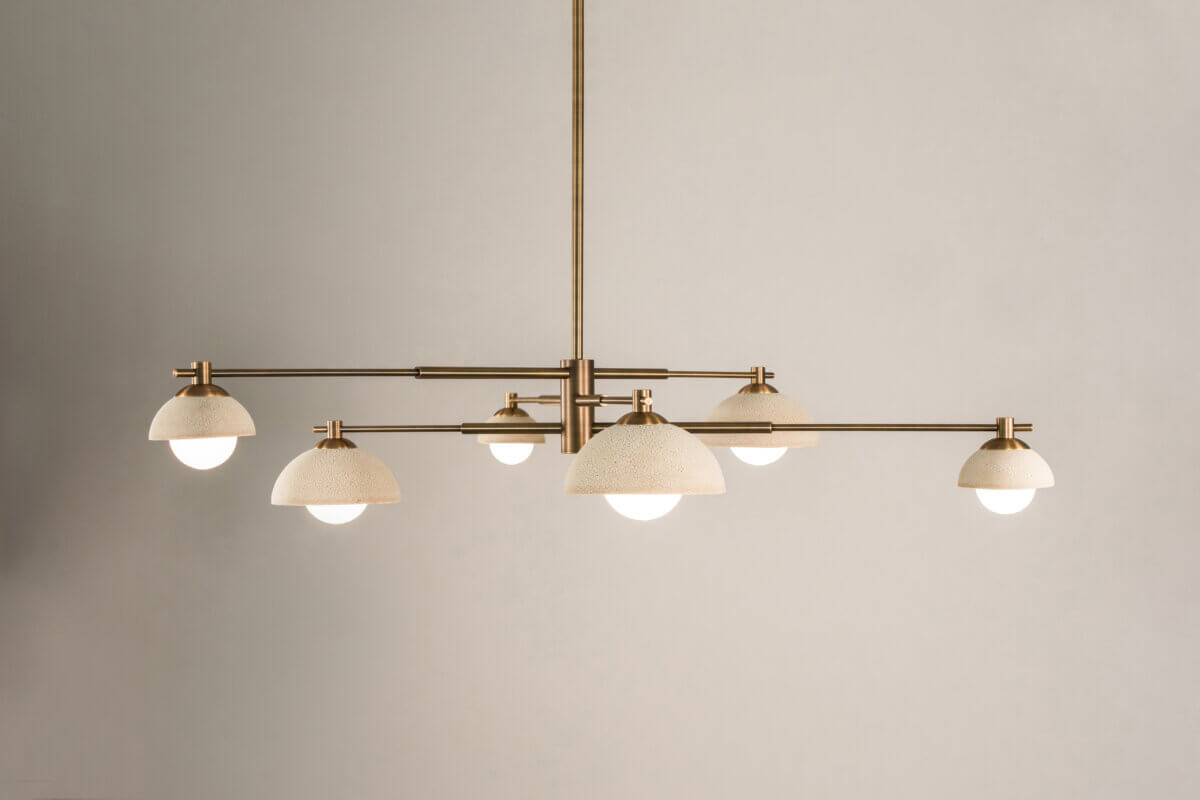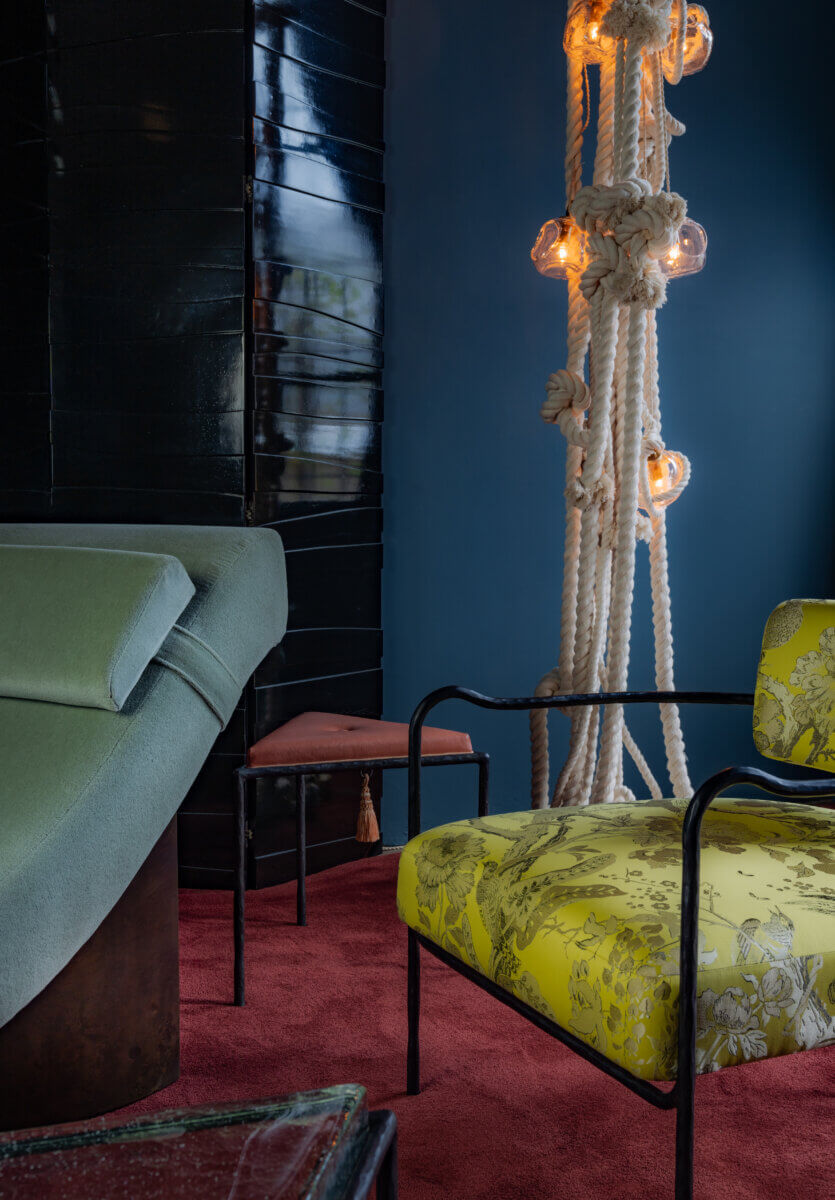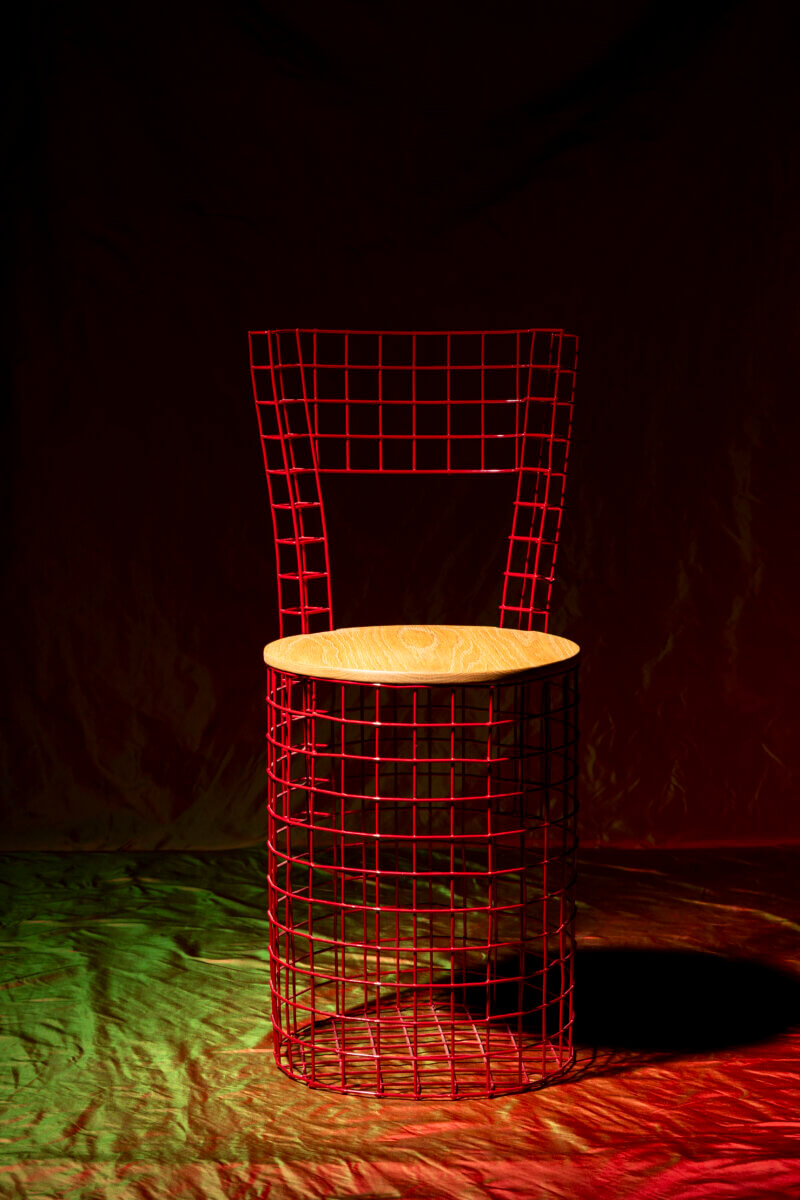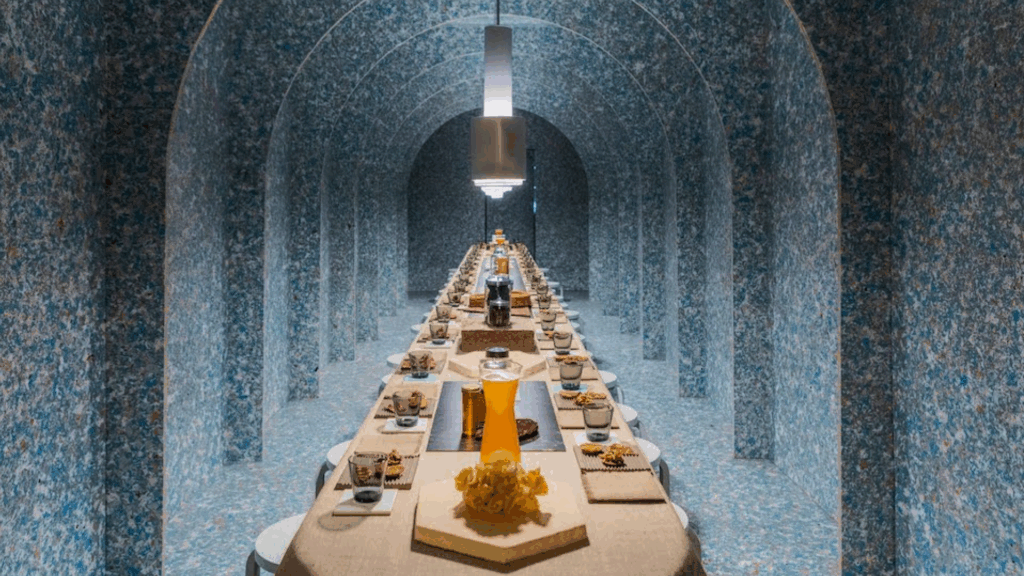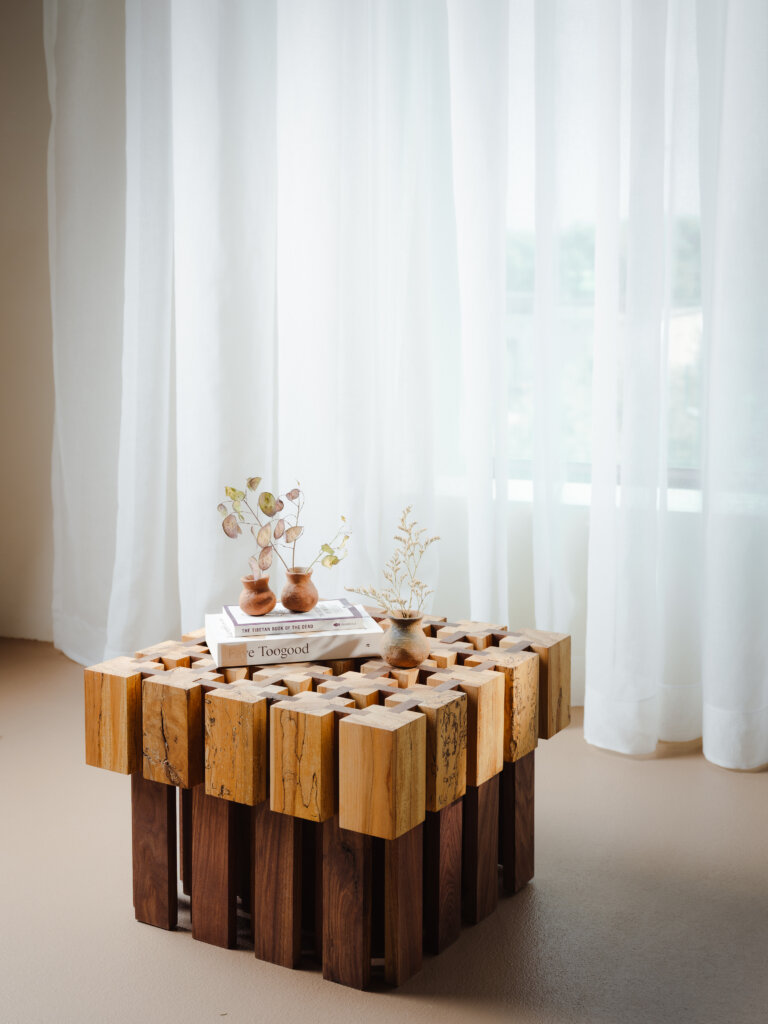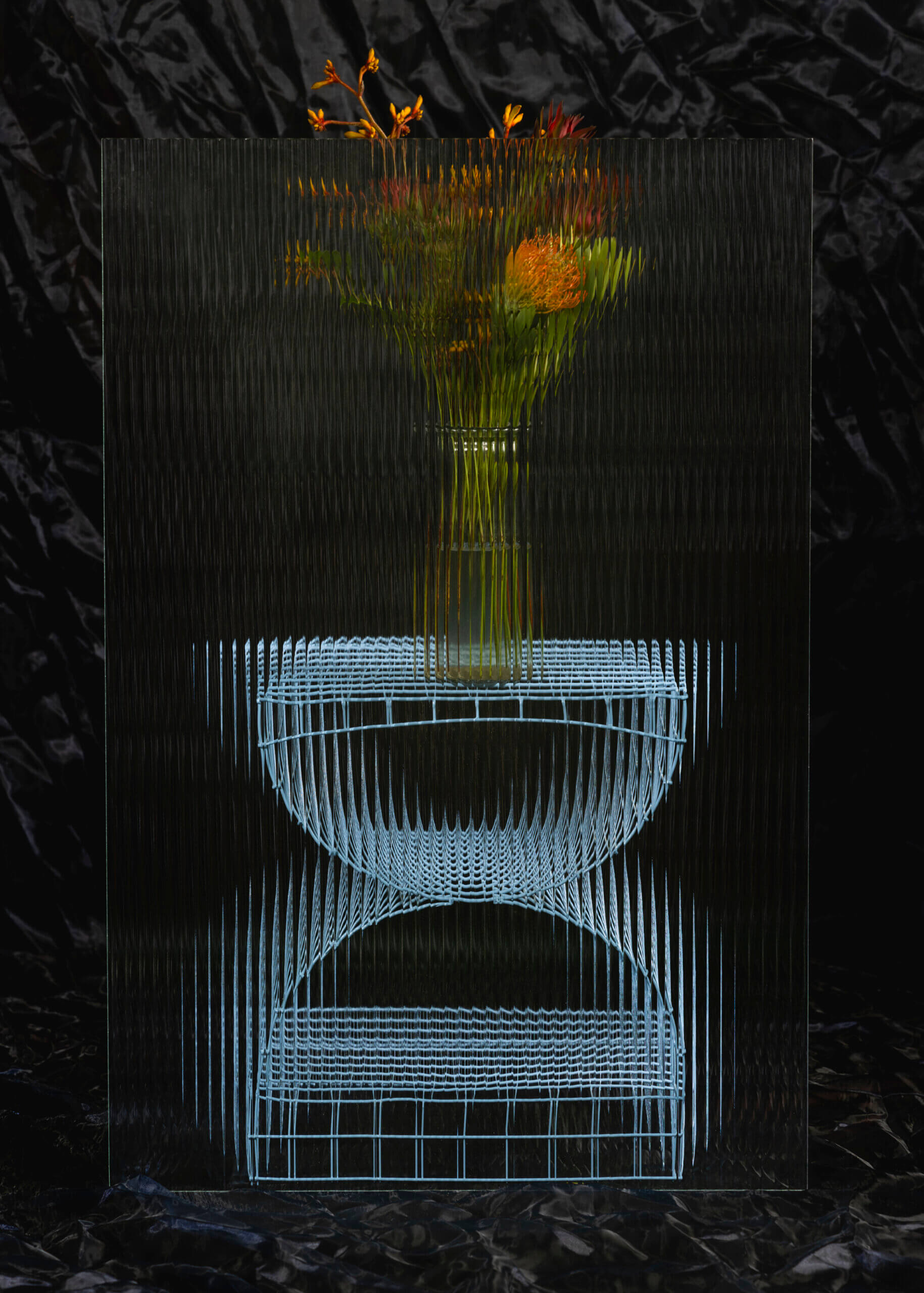
Organic Minimalism
Midcentury Modern Design still reigns supreme but has begun to stratify. Taking root as a one derivation, the organic minimalism “thread” is a softer, more human articulation of this mega trend centered on the use of corporeal, amorphous, and natural forms as singular or multivalent compositions. Concurrently, bespoke rug design is also gaining ground again, adding a mollifying touch to one’s otherwise austere interiors.
While some studios and producers are going the especially expressive and pictorial route in this re-examination of the typology, North Carolina brand Cicil—an ICFF 2025 Editor’s Awards recipient—has chosen organic minimalism as its stylistic penchant. Sustainably produced in the state—a feat in itself—designs like the Curvy Runner translate all that this thread encapsulated: curves anchored in the decipherable geometry of well-proportioned rectilinear lines. The especially visceral result takes on an especially approachable, somewhat playful neotenic appearance.
Sculptural Wood
Over the past few years, wood has regained popularity as a naturally, hopefully responsibly, sourced material implemented in everything from small accessories to full scale towers. In between, furniture design studios like Brooklyn-based Juntos Projects have found clever ways to demonstrate its architectonic, sculptural potential. Designs like the Arc Bench and Bisel Side Table express this dimension through the nuanced introduction of planar cuts but also textural treatment; letting the material do its thing but aiding it with the subtlest of surface treatments, stains primarily.
Among Look Book 2025 exhibitors invested in a similar exploration, Juntos Projects was joined by noknok, Peg Woodworking, Ora House, Noiro Studio, Mary Ratcliffe Studio, and a few others. Studio Apotroes and Nathan Chintala assemble solid wood chairs as geometric, open structures compositions. Aronson Woodworks and Hamilton Holmes celebrate the material by amplifying the potential of its matchable and patternable grain.
Textured Surfaces
Like Juntos Projects, a number of exhibitors showcased work that challenged the limits of surface treatment. This was particularly evident in layered ceramic sconces and other luminaires. Both Pax Lighting—the Dixon series—and Kalya OD Studio—the Concha series developed with Beam&Sun—have found experimental yet contained ways to create pixelated “cracked” motifs by introducing other material: metals and heavily applied glazes. The added detail helps diffuse the light in unexpected ways. It adds a human touch as well, the imprint of the hand and mind at play. Natan Moss showcased the Maurice lighting collection. His base forms comprise globulous drip forms hand-formed in clay and layered together for an equally pixelated treatment.
Subtle Flourishes
Countering Midcentury Modern Design’s dominance as is the return of subtle and sparingly placed Art Deco flourish. This thread doesn’t necessarily center on the use of ornamental details associated with the early 20th-century movement—sunbursts and strealines—but rather its compositional quality. Cuff Studio, another ICFF 2025 Editor’s Awards winner, debuted the multi-pronged WITHIN collection within Look Book 2025. While the Pudding Cascade lamp—composed of rope and hung glass diffusers—is especially bold, the C-Back lounge chair is more restrained in its ornamental articulation. For this piece, deco-like composition appears in the oh-so faintly patterned upholstery and the slight curve in the blackened bronze armrests.
Refined Reuse
As one facet of sustainability, reuse remains one of the most viable solutions. Transforming the components of a discarded object into an entirely new form; for an entirely new function is perhaps the best deployment of this strategy. The challenge, however, is to render the results in a refined rather than clumsy or haphazard fashion as is the case too often.
Yet another ICFF 2025 Editor’s Awards recipient, Lauren Goodman has not only been able to establish deft ontological correlations between the original and new use of a material or components but has done so plausibly. Pieces like the self-explicity named Fresh Catch book shelve—repurposing disused lobster cages as open structure storage units—is a comprehensive example of this thinking. The days of roughly, almost cartoonishly, assembled bamboo chairs are numbered. Reuse cannot be overly folksy. It’s needs to be refined, matching the succinctness of furnishings produced using newly extracted and fabricated materials.
Explore Look Book 2025 here >>>
Interested in joining Look Book 2026? Learn more and request an appointment with our sales team here >>>
More from ICFF:
ICFF 2025 Highlights: Creativity, Innovation and Connection in NYC
Original Thinkers: Designing with Purpose, Passion, and Integrity
